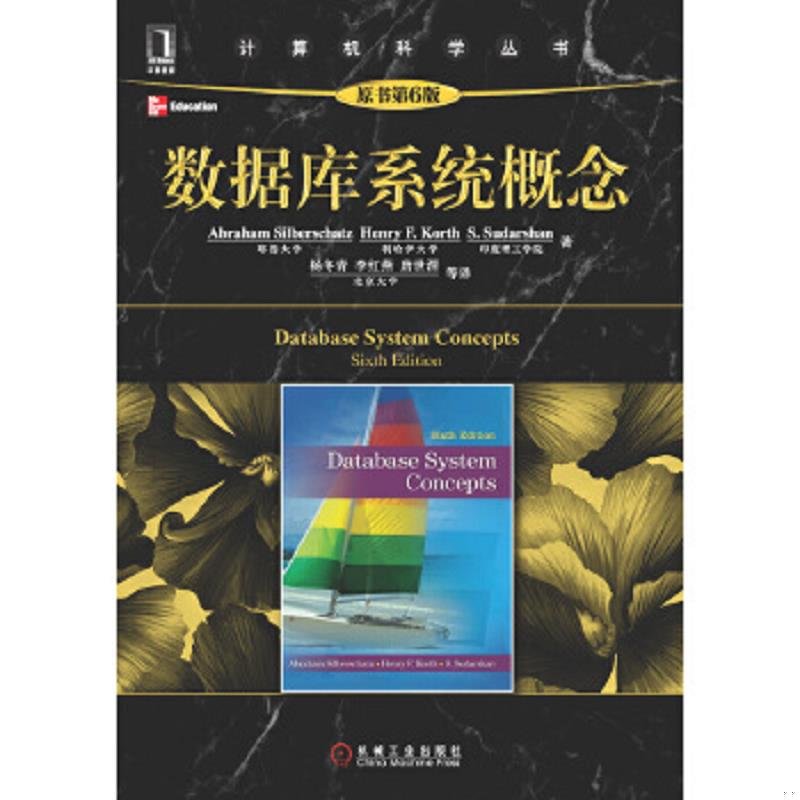本文摘自PHP中文网,作者不言,侵删。
本篇文章给大家带来的内容是关于MongoDB中常用的语句总结,有一定的参考价值,有需要的朋友可以参考一下,希望对你有所帮助。如果觉得 Mongodb 语句不太好理解,可以和 SQL 语句进行对比,学起来要容易很多。
1. 查询(find)
查询所有结果
1 2 | select * from article
db.article.find()
|
指定返回哪些键
1 2 | select title, author from article
db.article.find({}, {"title": 1, "author": 1})
|
where条件
1 2 | select * from article where title = "mongodb"
db.article.find({"title": "mongodb"})
|
and条件
1 2 | select * from article where title = "mongodb" and author = "god"
db.article.find({"title": "mongodb", "author": "god"})
|
or条件
1 2 | select * from article where title = "mongodb" or author = "god"
db.article.find({"$or": [{"title": "mongodb"}, {"author": "god"}]})
|
比较条件
1 2 | select * from article where read >= 100;
db.article.find({"read": {"$gt": 100}})
|
1 | > $gt(>)、$gte(>=)、$lt(<)、$lte(<=)
|
1 2 | select * from article where read >= 100 and read <= 200
db.article.find({"read": {"$gte": 100, "lte": 200}})
|
in条件
1 2 | select * from article where author in ("a", "b", "c")
db.article.find({"author": {"$in": ["a", "b", "c"]}})
|
like
1 2 | select * from article where title like "%mongodb%"
db.article.find({"title": /mongodb/})
|
count
1 2 | select count(*) from article
db.article.count()
|
不等于
1 2 | select * from article where author != "a"
db.article.find({ "author": { "$ne": "a" }})
|
排序
升序:
1 2 | select * from article where type = "mongodb" order by read desc
db.article.find({"type": "mongodb"}).sort({"read": -1})
|
降序:
1 2 | select * from article where type = "mongodb" order by read asc
db.article.find({"type": "mongodb"}).sort({"read": 1})
|
findOne():除了只返回一个查询结果外,使用方法与find()一样。2.创建(insert)
1 2 | insert into article(title, author, content) values("mongodb", "tg", "haha")
db.article.insert({"title": "mongodb", "author": "tg", "content": "haha"})
|
3.更新(update)
update()
语法:
db.collecion.update(query, update[, options] )
1 2 3 4 5 6 | query : 必选,查询条件,类似find中的查询条件。
update : 必选,update的对象和一些更新的操作符(如$,$inc...)等
options:可选,一些更新配置的对象。
upsert:可选,这个参数的意思是,如果不存在update的记录,是否插入objNew,true为插入,默认是false,不插入。
multi:可选,mongodb 默认是false,只更新找到的第一条记录,如果这个参数为true,就把按条件查出来多条记录全部更新。
writeConcern:可选,抛出异常的级别。
|
简单更新:
1 2 | update article set title = "mongodb" where read > 100
db.article.update({"read": {"$gt": 100}}, {"$set": { "title": "mongodb"}})
|
save()
1 | db.article.save({_id: 123, title: "mongodb"})
|
执行上面的语句,如果集合中已经存在一个_id为123的文档,则更新对应字段;否则插入。
注:如果更新对象不存在_id,系统会自动生成并作为新的文档插入。
更新操作符
MongoDB提供一些强大的更新操作符。
更新特定字段($set):
1 2 | update game set count = 10000 where _id = 123
db.game.update({"_id": 123}, { "$set": {"count": 10000}})
|
删除特定字段($unset):
注:$unset指定字段的值只需是任意合法值即可。
递增或递减($inc)
1 | db.game.update({"_id": 123}, { "$inc": {"count": 10}})
|
> 注意:$inc对应的字段必须是数字,而且递增或递减的值也必须是数字。
数组追加($push):
1 | db.game.update({"_id": 123}, { "$push": {"score": 123}})
|
还可以一次追加多个元素:
1 | db.game.update({"_id": 123}, {"$push": {"score": [12,123]}})
|
注:追加字段必须是数组。如果数组字段不存在,则自动新增,然后追加。
一次追加多个元素($pushAll):
1 | db.game.update({"_id": 123}, {"$pushAll": {"score": [12,123]}})
|
追加不重复元素($addToSet):
$addToSet类似集合Set,只有当这个值不在元素内时才增加:
1 | db.game.update({"_id": 123}, {"$addToSet": {"score": 123}})
|
删除元素($pop):
1 2 | db.game.update({"_id": 123}, {"$pop": {"score": 1}})
db.game.update({"_id": 123}, {"$pop": {"score": -1}})
|
注:$pop每次只能删除数组中的一个元素,1表示删除最后一个,-1表示删除第一个。
删除特定元素($pull):
1 | db.game.update({"_id": 123}, {"$pull": {"score": 123}})
|
上面的语句表示删除数组score内值等于123的元素。
删除多个特定元素($pullAll):
1 | db.game.update({"_id": 123}, {"$pullAll": {score: [123,12]}})
|
上面的语句表示删除数组内值等于123或12的元素。
更新嵌套数组的值:
使用数组下标(从0开始):
1 2 3 | {
address: [{place: "nanji", tel: 123}, {place: "dongbei", tel: 321}]
}
|
1 | db.game.update({"_id": 123}, {"$set": {"address.0.tel": 213}})
|
如果你不知道要更新数组哪项,我们可以使用$操作符( $表示自身,也就是按查询条件找出的数组里面的项自身,而且只会应用找到的第一条数组项):
1 | db.game.update({"address.place": "nanji"}, {"$set": {"address.$.tel": 123}})
|
在上面的语句中,$就是查询条件{"address.place": "nanji"}的查询结果,也就是{place: "nanji", tel: 123},所以{"address.$.tel": 123}也就是{"address.{place: "nanji", tel: 123}.tel": 123}
4. 删除(remove)
删除所有文档:
1 2 | delete from article
db.article.remove()
|
删除指定文档:
1 2 | delete from article where title = "mongodb"
db.article.remove({title: "mongodb"})
|
以上就是MongoDB中常用的语句总结的详细内容,更多文章请关注木庄网络博客!!
相关阅读 >>
springboot整合mongodb的实现步骤
详解mongodb中的日志模块
mongodb基础之集合操作
基于mongodb数据库的数据类型和$type操作符详解
mongodb driver使用代码详解
mongodb的安装和开机自启动详细讲解
mongodb副本集和分片示例详解
mongodb中的加减乘除运算详解
mongodb远程访问配置步骤详解
mongodb查询之高级操作详解(多条件查询、正则匹配查询等)
更多相关阅读请进入《javascript》频道 >>

机械工业出版社
本书主要讲述了数据模型、基于对象的数据库和XML、数据存储和查询、事务管理、体系结构等方面的内容。
转载请注明出处:木庄网络博客 » MongoDB中常用的语句总结





